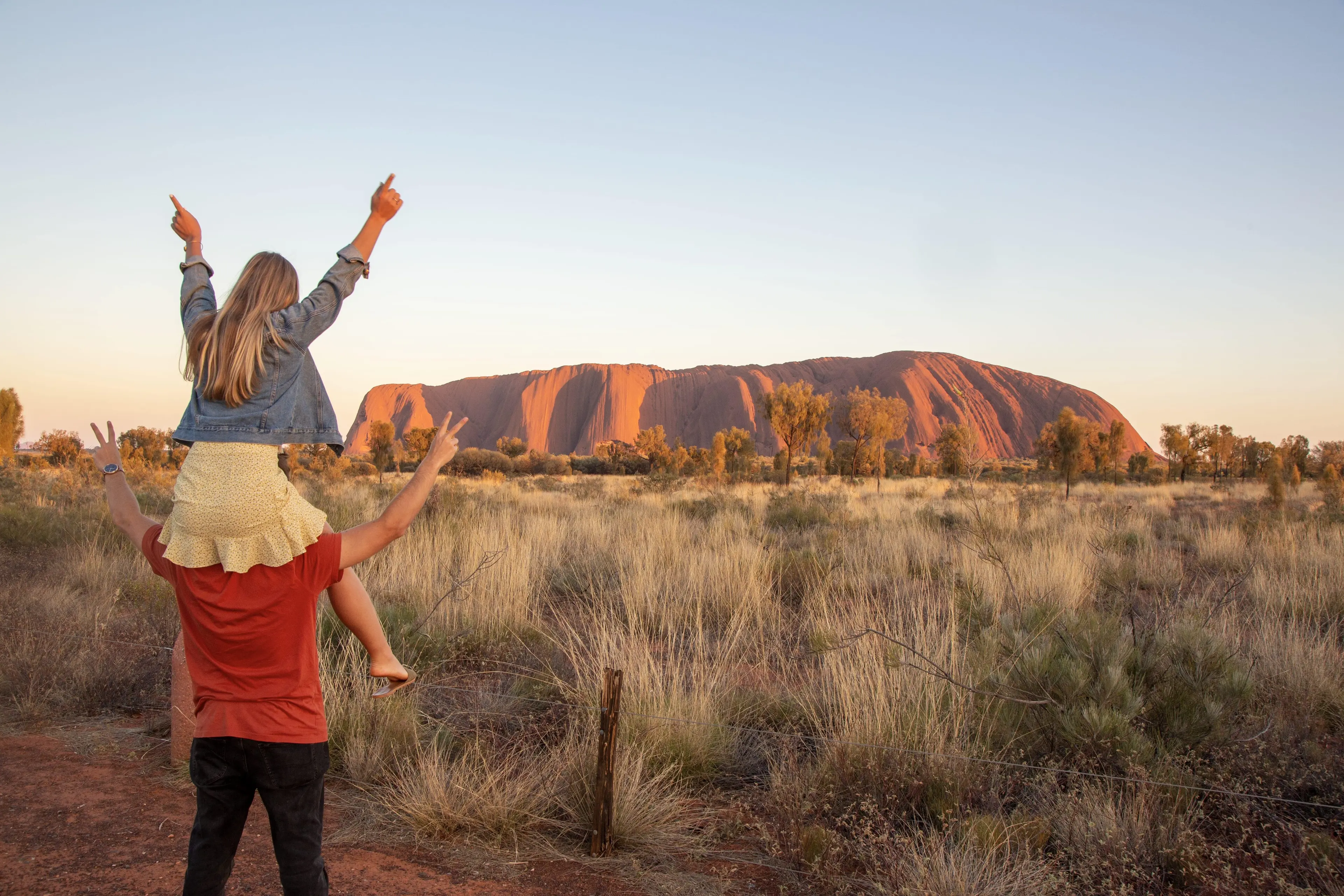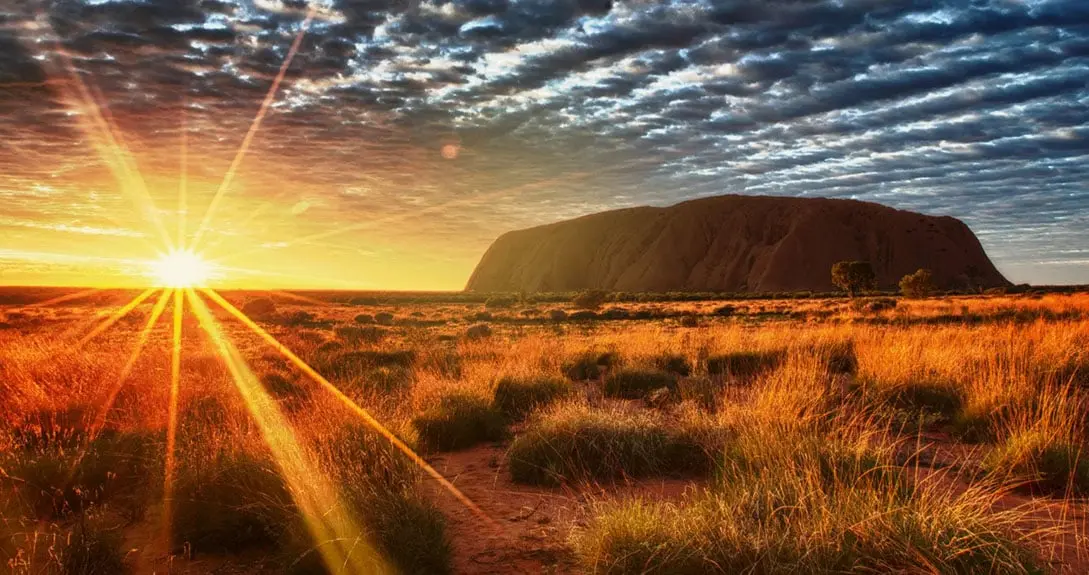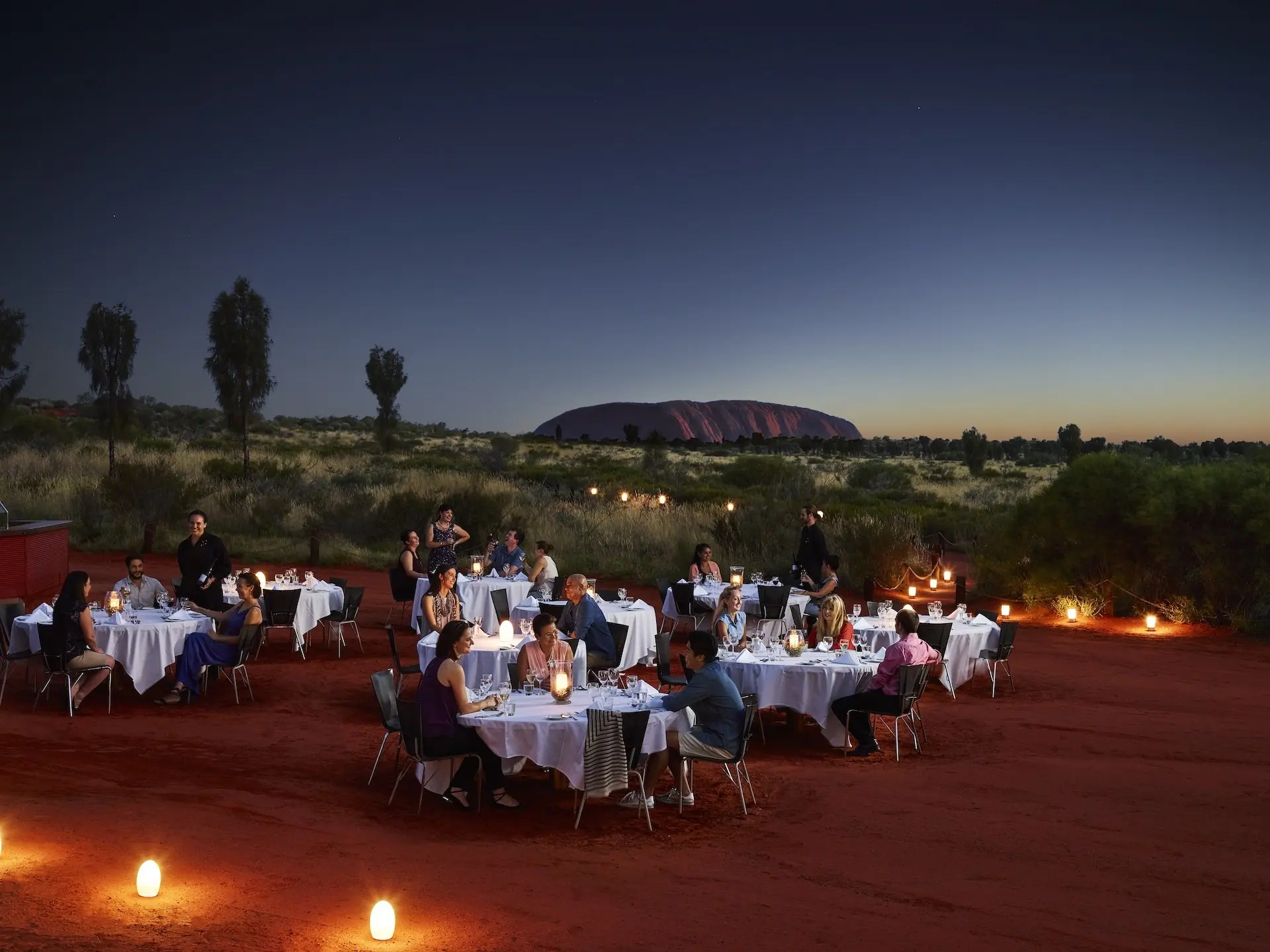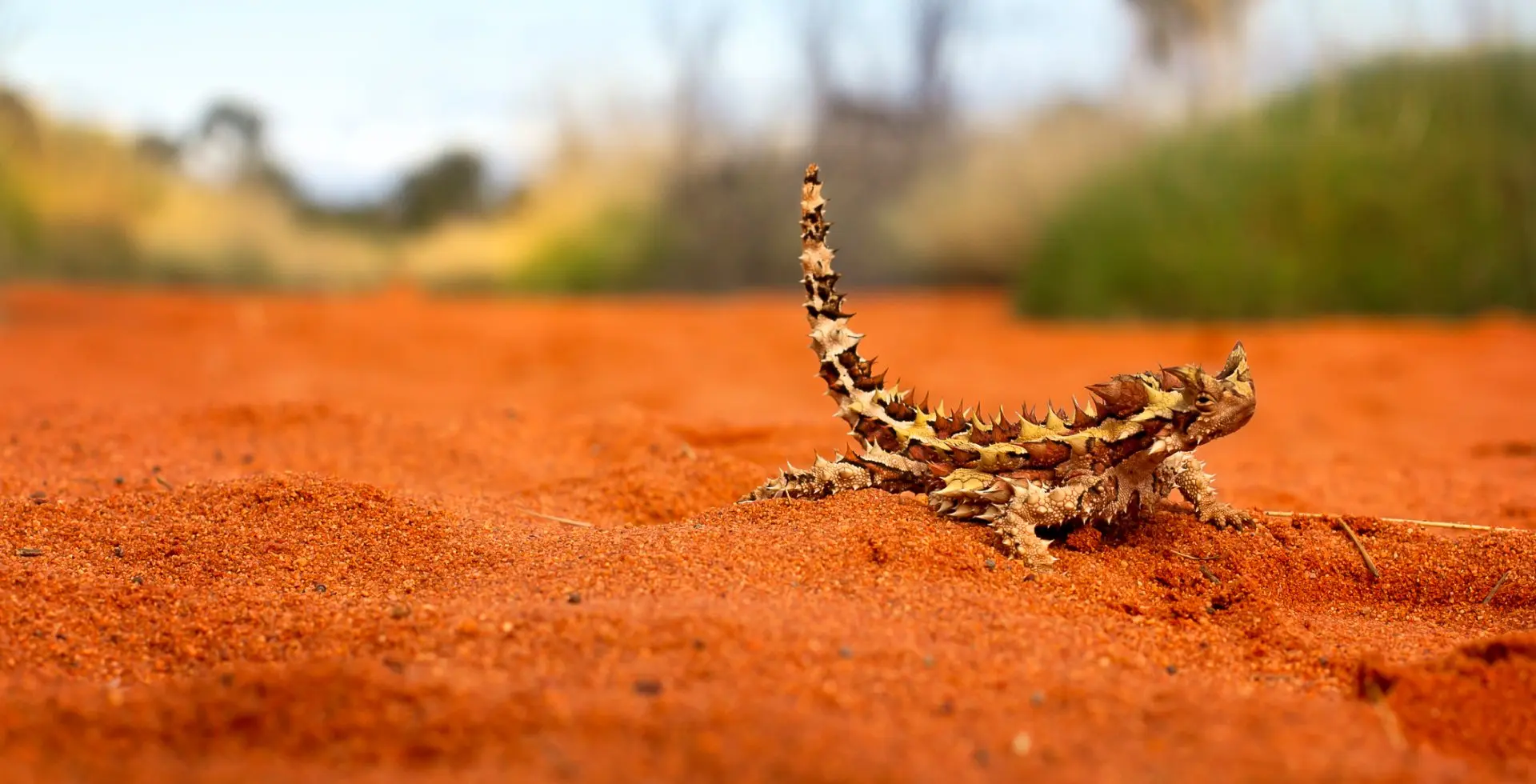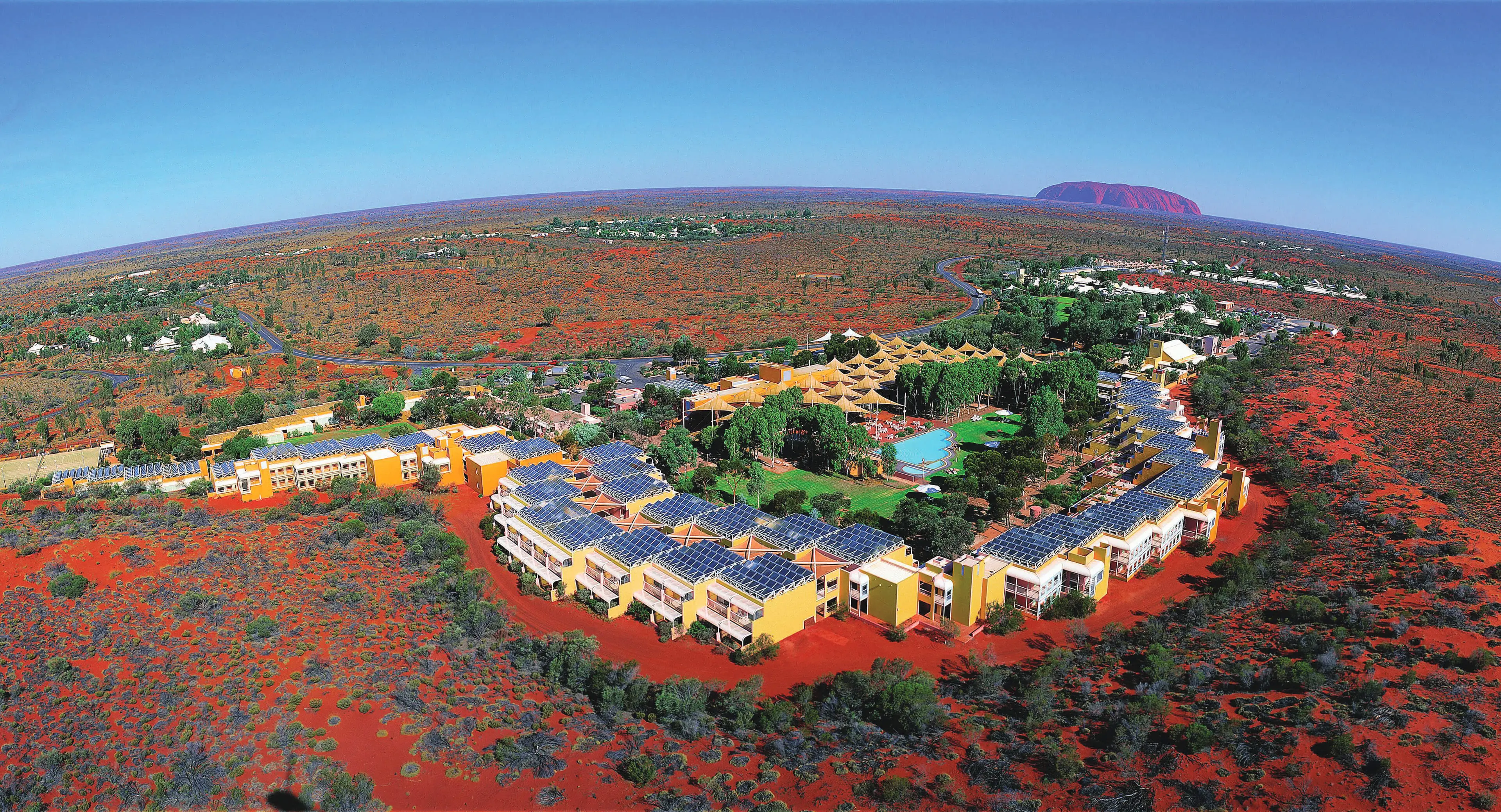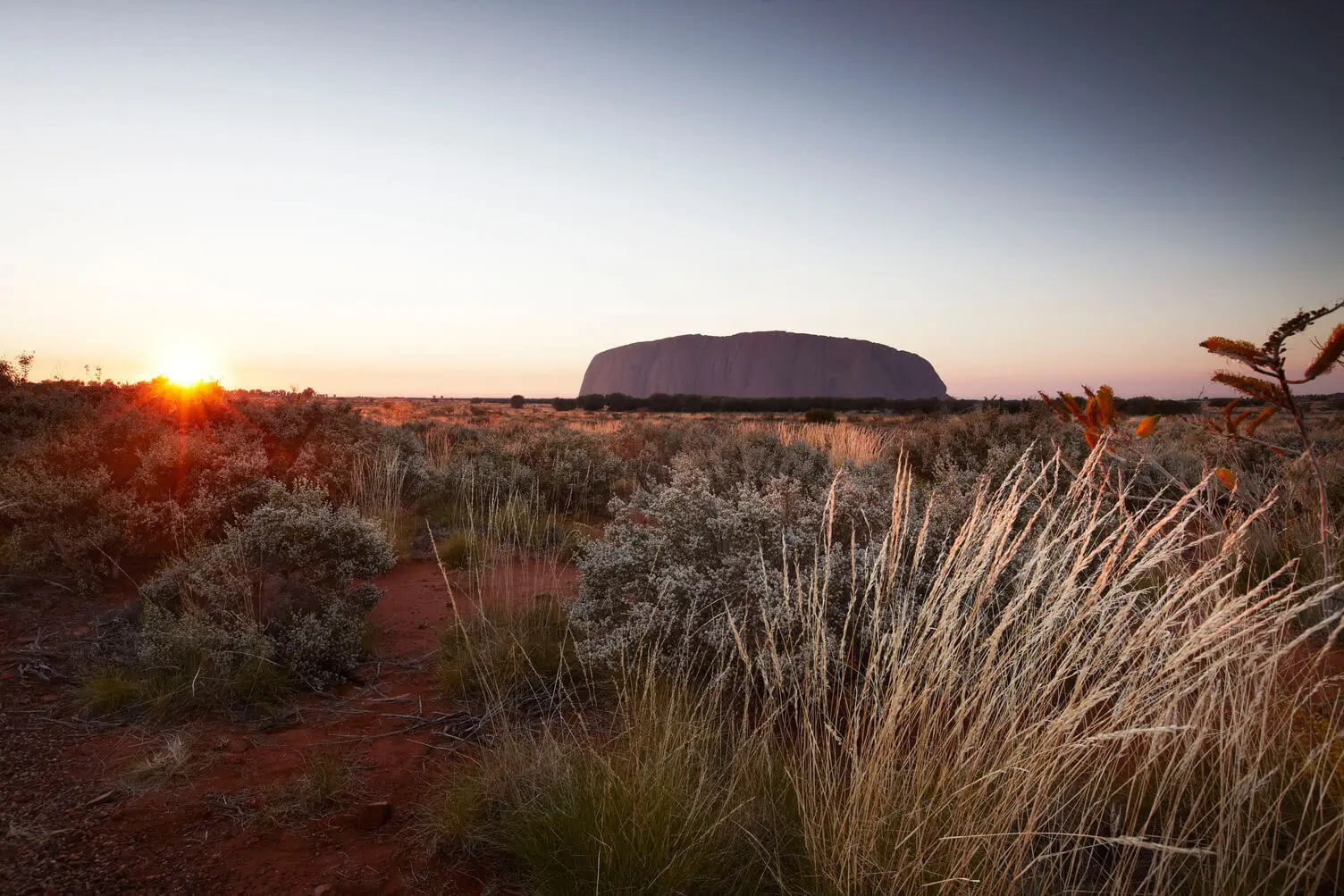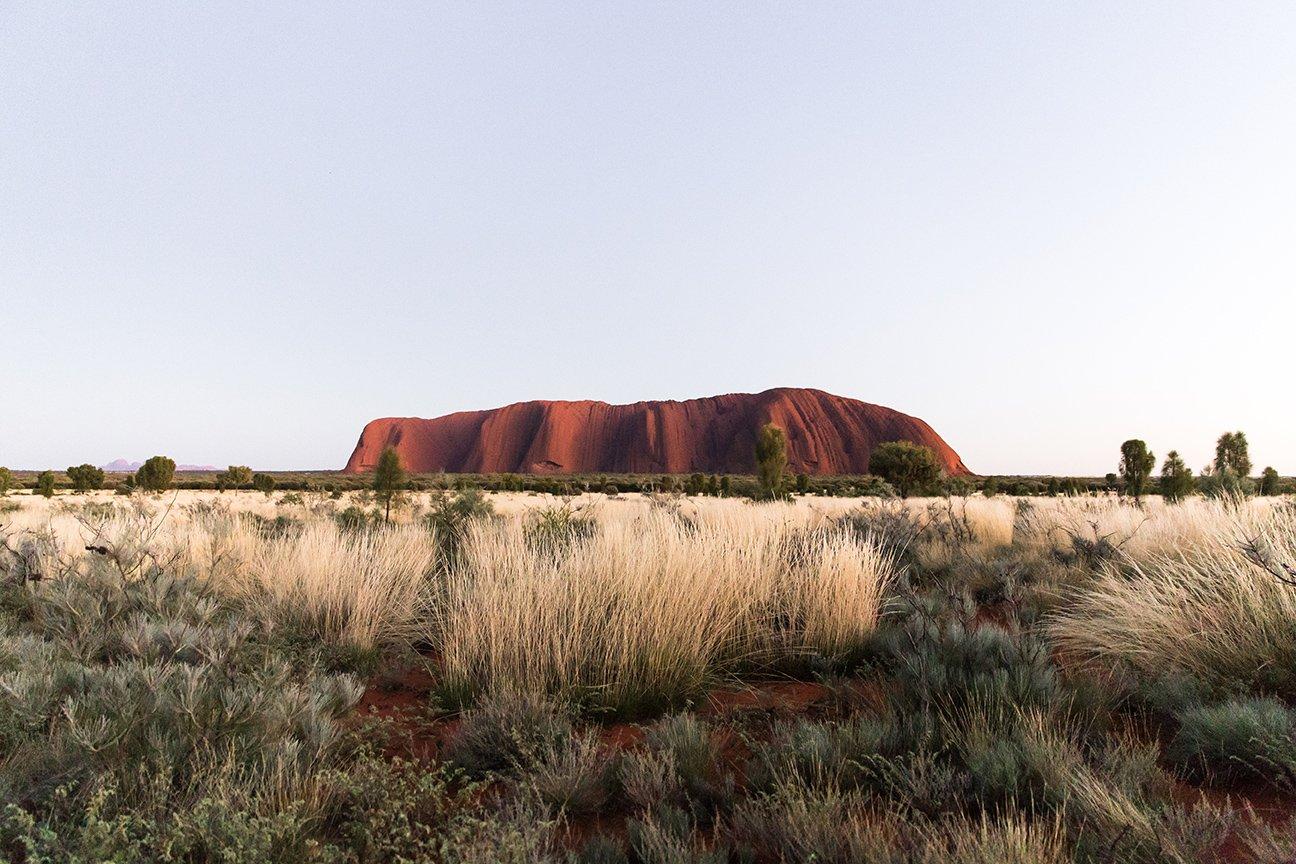The Secret of the Red Centre is Out
You would think that 36 large domes spread over an area of more than 20 kilometres and rising 546m above the plains (some 200m higher than Uluru) would be a little hard to miss, and yet Kata Tjuta largely remains the undiscovered Red Centre gem. But not for long! Many travellers are uncovering the wonders of this second monolith and some in fact believe it to be best kept secret.

Deep in the heart of the Australian outback, the vast landscapes of the Red Centre hold stories passed down through generations of Aṉangu. While Uluru is one of Australia’s most iconic cultural landmarks, its lesser-known counterpart, Kata Tjuta, is a breathtaking sacred site just waiting to be explored.
Meaning “many heads” in the local Pitjantjatjara language, Kata Tjut̲a consists of 36 massive domes spread across more than 20 kilometres—some towering even higher than Uluru. The landmark plays a significant role in local Indigenous culture, with sacred men’s ceremonies still taking place among its towering formations. Due to its cultural importance, certain areas remain off-limits to visitors, and many of its stories are known only to initiated Anangu men.
While some of Kata Tjuta’s secrets remain a mystery, visitors can still connect with its powerful presence through immersive experiences—from rugged hikes and aerial adventures to mesmerising sunrise and sunset viewings.
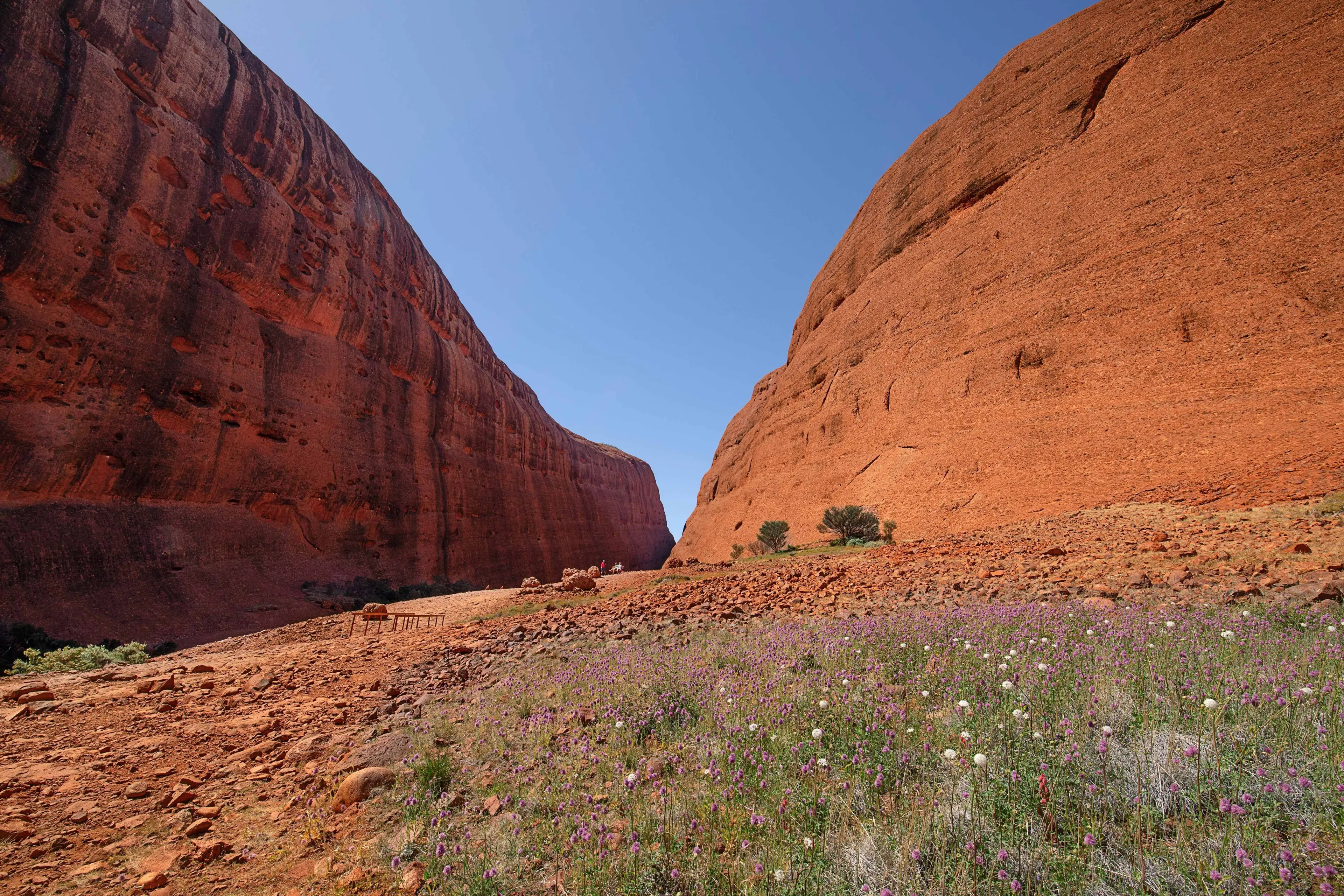

Explore Kata Tjuta: Hikes Through Sacred Landscapes
The best way to appreciate the grandeur of Kata Tjuta is on foot, where you’ll walk in the footsteps of the land’s Traditional Custodians and feel a true sense of connection to country.
Walpa Gorge Walk (2.6km Return)
This moderate-grade walk takes you through towering rock walls along a rocky creek bed lined with rare plants and ancient gum trees. The name “Walpa” means “whistle” in Pitjantjatjara, inspired by the sound of the wind as it rushes through the chasm.
Valley of the Winds (7.6km Full Circuit)
If you’re looking to truly immerse yourself in the wonder of Kata Tjuta, this trek weaves through hidden valleys and striking rock formations, offering breathtaking viewpoints along the way. The shorter 2.2km return walk to Karu Lookout provides a taste of the terrain, while the 5.4km return hike to Karingana Lookout provides a more challenging but rewarding experience, revealing an unexpectedly lush oasis—a true hidden gem in Uluru-Kata Tjuta National Park.
See It from Above: Aerial Views of the Outback
Witness the immense scale of Uluru-Kata Tjuta National Park from above, where the contrast between the fiery-red domes and the surrounding desert landscape is even more striking. Sunrise and sunset helicopter tours offer a particularly magical perspective, as the shifting light transforms the land below.
Sunrise & Sunset: A Spectacle of Changing Colours
Much like Uluru, Kata Tjuta comes alive at dawn and dusk, when its massive boulders shift from deep reds to glowing oranges and purples. The Kata Tjuta Dune Viewing Area at sunrise provides sweeping panoramic views, while the Sunset Viewing Area frames the domes with Uluru in the distance.
Ayers Rock Resort offers a number of unique experiences that allow you to experience unparalleled views of Uluru and Kata Tjuta at sunrise and sunset. Sunrise Journeys is an immersive experience where Aṉangu artwork is brought to life as the sun rises over Uluru. Wintjiri Wiru is a first-of-its-kind drone display that tells a chapter of the Mala story. Both experiences take place on our private viewing deck, offering exclusive views of the Red Centre at dusk and dawn while you learn about Aṉangu’s cultural connection to the land.

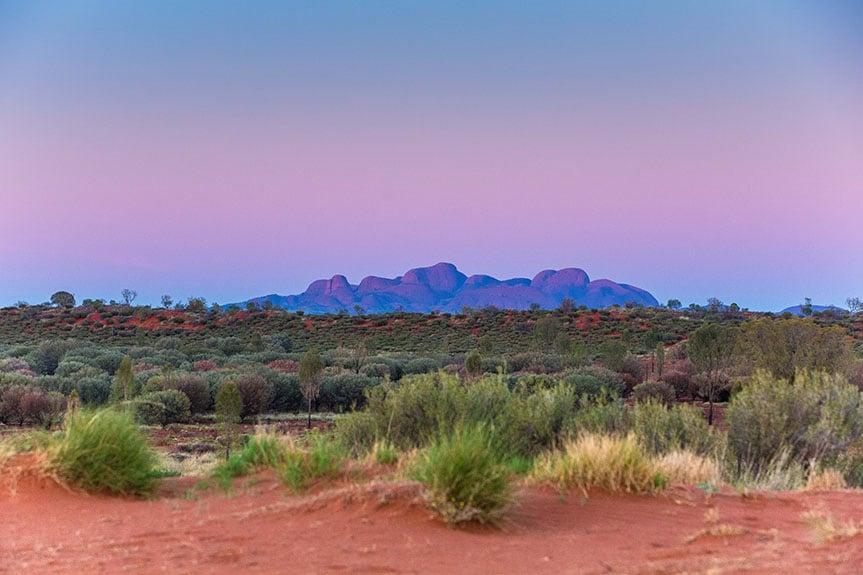
Extend Your Red Centre Adventure
Make the most of your time in the Red Centre by exploring beyond Uluru and Kata Tjuta. This vast and ancient landscape offers countless opportunities to immerse yourself in its natural beauty and the rich cultural heritage of the region. Take in the breathtaking scenery along the Red Centre Way, a legendary route that winds through some of Australia’s most striking terrain.
The Namatjira Drive takes you through the rugged beauty of the West MacDonnell Ranges, where hidden gorges and waterholes offer a refreshing escape from the desert heat. To the north, Watarrka National Park and the breathtaking Kings Canyon provide a different perspective on the Red Centre’s dramatic landscapes. Towering sandstone cliffs, lush palm-filled crevices, and the famed Rim Walk showcase the incredible diversity of this ancient land. You can find more information on planning your drive to the Red Centre on our website.
Plan Your Journey
Located just 30km from Uluru, Kata Tjuta is easily accessible by car, Uluru Hop On Hop Off, or guided tours that provide visitors with a deeper understanding of its cultural significance. Start planning your perfect Uluru & Kata Tjuta itinerary today.
